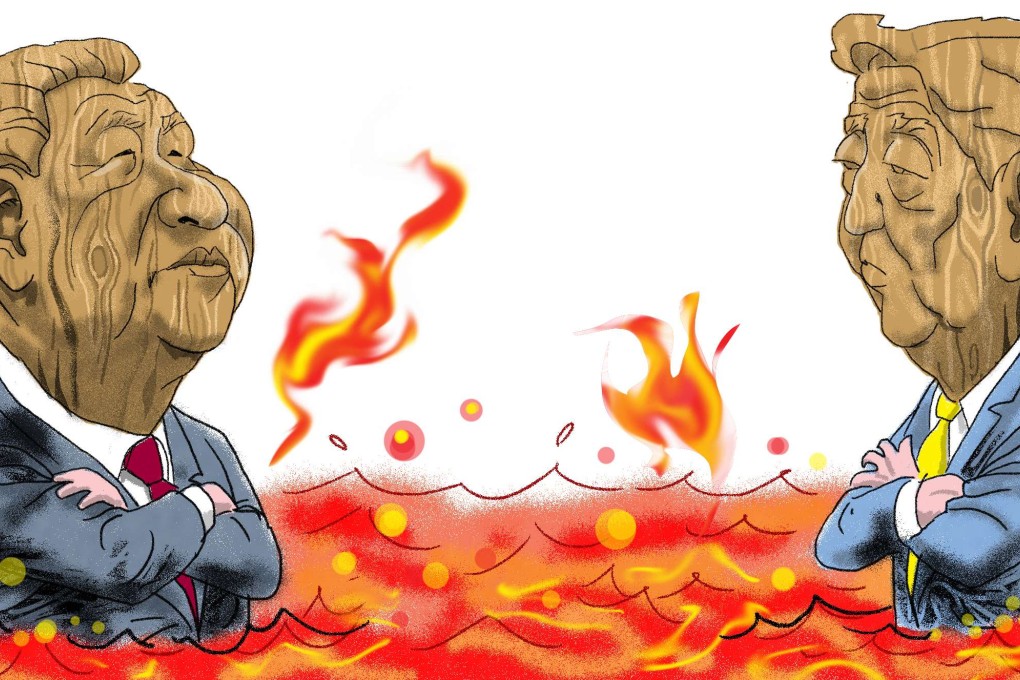Boiling point: Can China and Japan find a way to ease rising tensions over the East China Sea?
William Choong suggests ways to put bilateral ties on firmer ground, including shelving the dispute over the Diaoyu islands and a Japanese apology for wartime transgressions


Chinese fighter ‘flies within 50km’ of disputed Diaoyu Islands
Earlier this month, on August 5, Chinese fishing vessels entered the territorial sea around the disputed islands, accompanied by six coastguard vessels. The next day, a seventh coastguard ship entered the contiguous zone of the islands – what Japan called a “unilateral escalation that raises tension on the ground”. Since August 5, Tokyo has lodged diplomatic protests over what it says have been 30 intrusions by Chinese vessels into its territorial waters.
While the South China Sea disputes have hogged headlines recently, the East China Sea is slowly re-emerging as another point of contention, if not conflict. China’s moves have triggered responses by Japan. Reports on August 14 said Japan was developing a new 300km land-to-sea missile to reinforce the remote southwest island chain that encompasses the Senkakus.

Japan to develop new land-to-sea missile as tension with China over disputed islands mount
Traditionally, China has faced challenges in staking its claim to the islands. For example, it took Chinese coastguard ships longer to get to the disputed islands – Ningbo (寧波), for example, is 500km away, compared to 170km for the Japanese island of Ishigaki. Chinese coastguard ships also had weaker armaments compared to their Japanese counterparts.
No longer. Now, China is deploying two “monster” coastguard ships displacing 12,000 to 15,000 tonnes, larger than Japan’s 6,500-tonne Shikishima-class cutters, formerly the largest patrol vessels in the world. Smaller Chinese coastguard ships – which had previously seen service as the PLA Navy’s Jiangwei-1 class – displace 2,000 tonnes, sail at 27 knots and can get to the islands in seven hours.
China’s actions have pushed Japan to revamp its command-and-control system so that the might of the Self-Defence Forces can be brought to bear in the event of hostilities.
One Japanese coastguard captain told me last year that, in one encounter, a Chinese coastguard captain had even called out the names of his family members and told him to “go home” – a clear sign of how the Chinese have taken Sun Tzu’s “know your enemy” dictum to heart.
